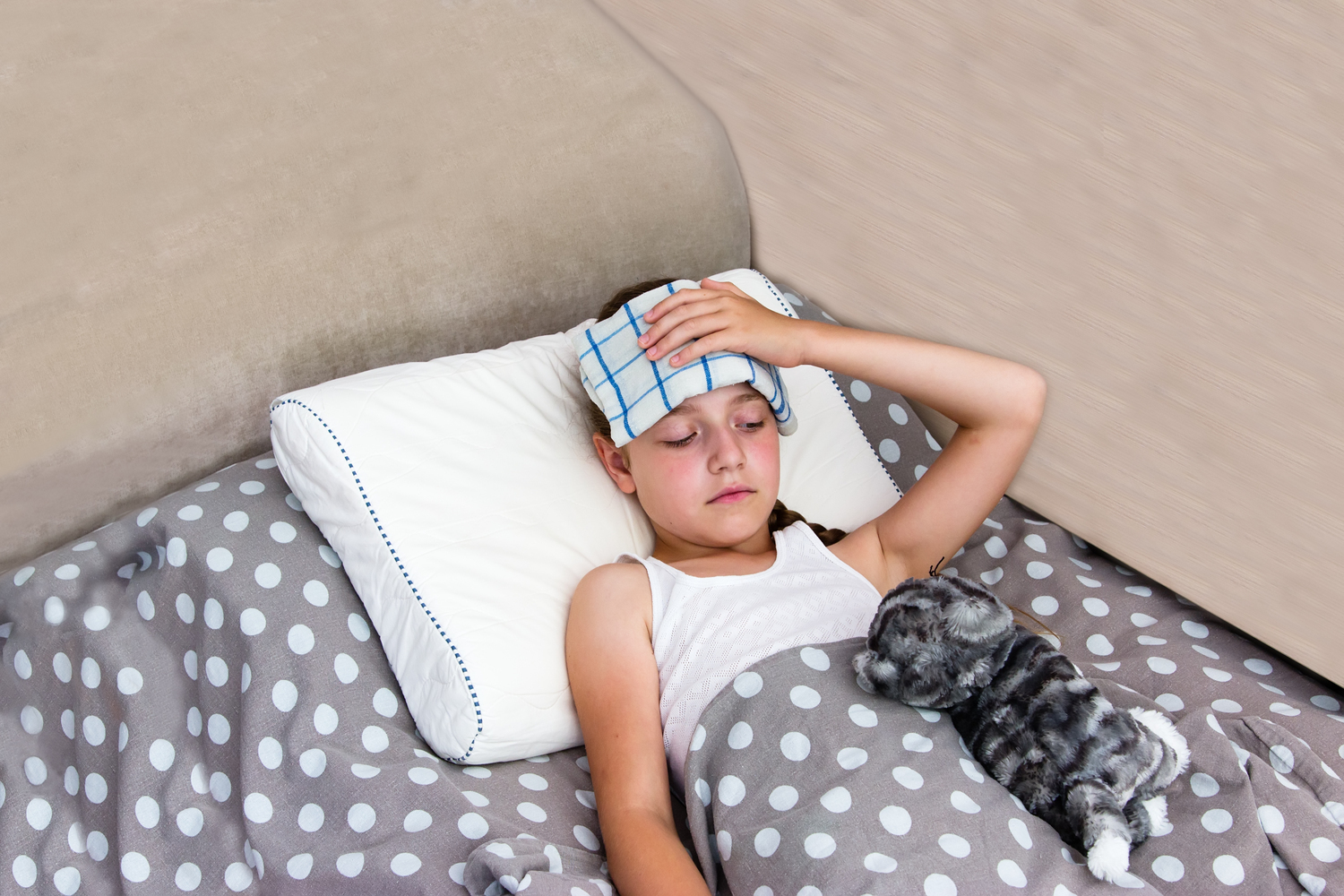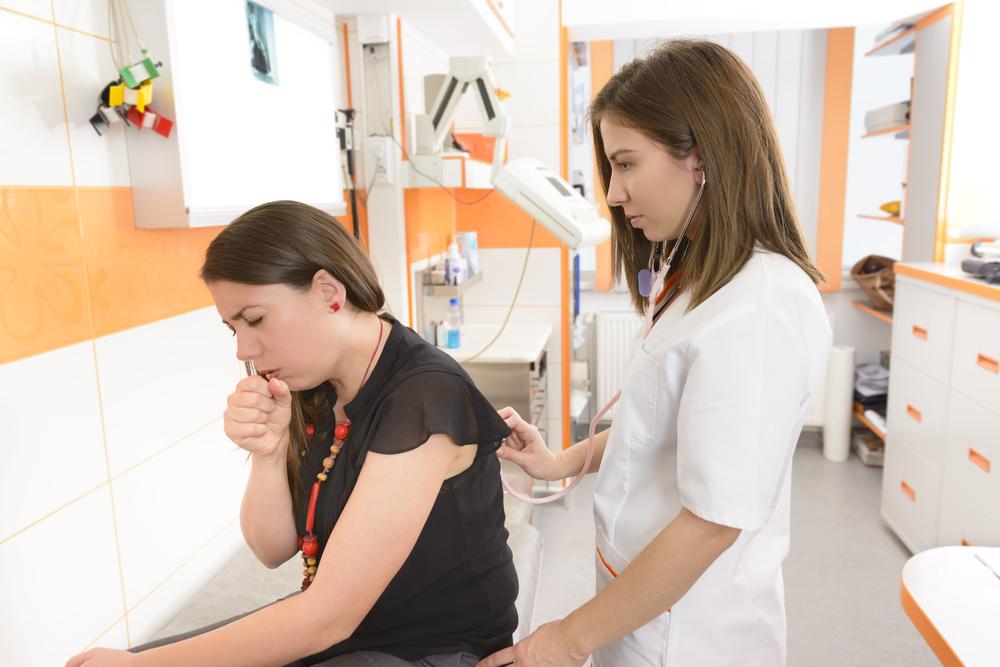Signs and Symptoms of Mild Pneumonia in Kids and Adults
Mild pneumonia, or walking pneumonia, presents with subtle symptoms that often allow affected individuals to continue daily activities. Common signs include cough, fatigue, low-grade fever, and sore throat in both children and adults. Diagnosis involves symptom assessment and medical testing. High-risk groups include young children, seniors, and those with respiratory issues. Proper rest, hydration, and hygiene are essential for recovery. While less severe than typical pneumonia, it still requires medical attention to prevent complications.
Indicators of Mild Pneumonia in Children and Adults
Pneumonia is a widespread respiratory infection that causes inflammation of the lung's air sacs. It can be triggered by bacteria, fungi, viruses, or inhaled irritants like chemicals, food particles, or foreign objects. When the infection is mild, not severely damaging the lungs, it is termed walking or atypical pneumonia. Individuals with this condition generally feel well enough to go about their daily routines, including working and walking.
Distinguishing Between Typical and Walking Pneumonia
Classic pneumonia, or typical pneumonia, often involves more intense symptoms and requires aggressive treatment. In contrast, walking pneumonia is caused mainly by bacteria called Mycoplasma pneumoniae and presents with milder symptoms, often not preventing normal activities.

Cause: While typical pneumonia results from viruses like influenza or rhinoviruses, walking pneumonia mainly results from bacterial infection by Mycoplasma pneumoniae.
Treatment: Severe pneumonia may need hospitalization and stronger medications, whereas walking pneumonia often heals with rest and mild remedies. Proper hygiene and isolation help prevent transmission.
Impact: Severe pneumonia can cause significant lung damage, while mild or walking pneumonia does not lead to long-term health issues.
Walking pneumonia tends to have mild symptoms that are easily managed.
Symptoms in Children
Most children with walking pneumonia can attend school but may feel unusually tired. They often exhibit cold-like signs such as:
Cough (dry or phlegmy)
Croup
Fatigue or exhaustion
Headache
Lethargy
Low-grade fever
Sinus discomfort
Sore throat
Bronchitis or chest congestion
Those with asthma or respiratory conditions may wheeze. Symptoms emerge within 1-4 weeks and persist for up to 4 weeks.
Symptoms in Adults
Adults remain contagious from infection onset until recovery. Symptoms typically appear four weeks after exposure and include:
Sore throat: Inflammation of the throat, often accompanying other symptoms.
Fatigue: Due to airway inflammation and mucus production causing breathing difficulty.
Low fever: Mild temperature, generally below 101°F, usually just observed with no need for medication.
Chest discomfort: Fluid buildup can cause heaviness and stabbing sensations, worsened by coughing or laughing.
Cough: Dry or mucus-producing cough as the body clears lungs of irritants. Persistent coughs should be evaluated by a doctor.
Sneezing: Indicates active irritant removal; contagiousness is high, so covering your mouth and nose is advisable.
Headaches: Mild pain around the scalp, face, or neck, often accompanying sneezing or coughing.
Only mild to moderate symptoms are common, and hydration can alleviate mucus congestion. Diagnosis and At-Risk Factors
Doctors assess symptoms, duration, and possible exposure. Confirmatory tests include chest X-rays, blood tests, and sputum analysis. Risk groups include children under 2, school-aged kids, and seniors over 65, especially those with pre-existing respiratory conditions or immune suppression.
Note: This article offers general health information. Always consult healthcare professionals for diagnosis and treatment tailored to individual needs. The content is for informational purposes and not a substitute for medical advice.










